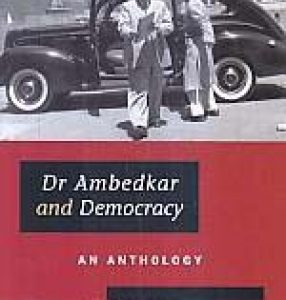
Christophe Jaffrelot

Showing all 11 books
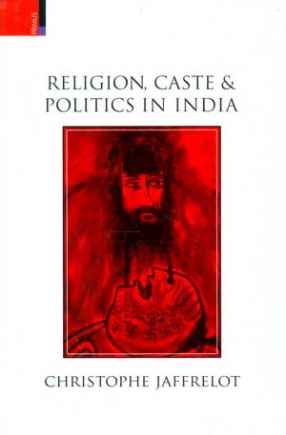
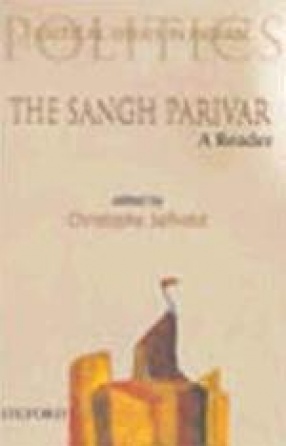
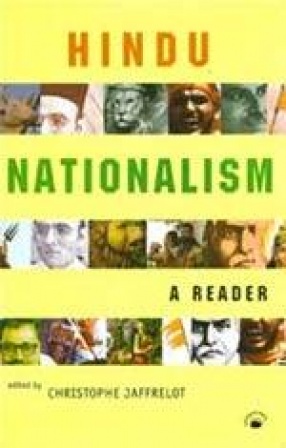

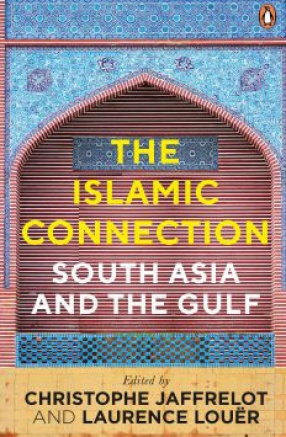
The region inhabited by the largest number of Muslims-roughly 500 million-today is South Asia. In the course of the Islamization process that began in the eighth century, the region developed a distinct Indo-Islamic civilization that culminated in the Mughal Empire. In the Gulf, while paying lip service to the power centres, including Mecca and Medina, this civilization cultivated its own variety of Islam, which was based on Sufism.
Over the last fifty years, ...

Post independence, the Nehruvian approach to socialism rested upon three pillars: secularism and democracy in the political domain; state intervention in the economy; and a policy of non-alignment mitigated by some Soviet leanings after the 1960s in the field of diplomacy. These features defined the Indian way and even the country's political identity. From this starting point this book explores the manner in which some of these dimensions have been ...
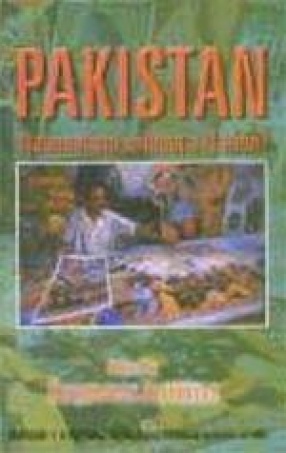
Pakistan has become a key actor in the realm of international relations post 11 September 2001. Like after the Soviet invasion of Afghanistan, its geopolitical situation has made it the main base for military operations and the fight against Bin Laden’s Jihadist network. But the strategic position, this time round, was also due to its special links with the Taliban. Pakistan is involved in regional tensions and is itself undermined by a great deal of ethnic ...

A useful work, summerizing, synthesizing and analysing a vast amount material to demonstrate the extent to which the transformations of caste politics have led to fundamental and systematic changes in the Indian political system. Covers BJP, BSP etc.
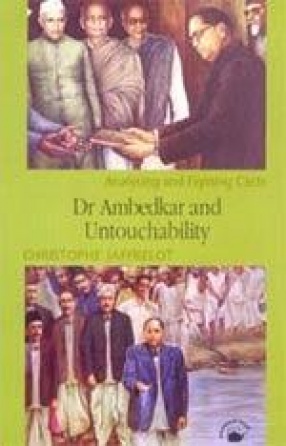
B.R. Ambedkar (1891-1956) was the first Dalit or low-caste Hindu to be formally educated to the highest level, gaining his Ph.D. in the West. Despite this huge achievement he remained true to his background and origins, fighting for Dalit rights throughout his life. No one today doubts Ambedkar's status as India's first and foremost Dalit. For years, Ambedkar waged a singular and lonely battle against India's brahminical and higher-caste political establishment, ...
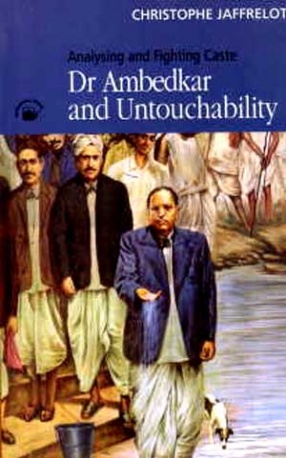
B.R. Ambedkar (1891-1956) was the first Dalit or low-caste Hindu to be formally educated to the highest level, gaining his PhD in the West. Despite this achievement he remained true to his origins, fighting for Dalit rights throughout his life. No one today doubts Ambedkar's status as India's first and foremost Dalit. For years, Ambedkar waged a lonely battle against India's higher-caste political establishment, which included Mahatma Gandhi, ...

This volume brings together significant readings on the Sangh Parivar--the `family' of Hindu nationalist organizations--and traces the rise of the right wing in Indian politics. The volume describes the matrix of the Parivar--the Rashtriya Swayamsevak Sangh (RSS)--and how it was constituted. It examines the core group of the Sangh Parivar which represents major arenas of the public sphere--the Bharatiya Janata Party (the political heir of the Jana Sangh) in the ...

In India and beyond, Hindu nationalism came into the headlines in the 1990s, when the Ayodhya movement-to build a temple in place of a mosque-gained momentum. This was when the Hindu nationalist Bharatiya Janata Party (BJP) came to power. This stream of Indian politics is, however, considerably older: in fact older than the left, the Congress, and any others. The first part of this reader, comprising the writings of both famous and unknown ...
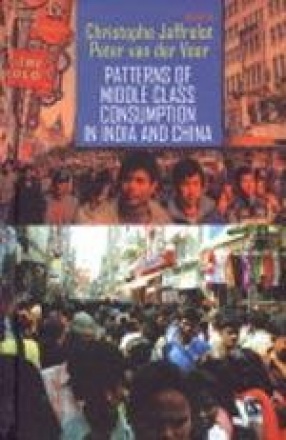
Patterns of Middle Class Consumption in India and China explores the complex history and sociology of the middle class from a comparative perspective. It has papers written by sociologists, anthropologists, and political scientists rather than economists, so the emphasis is on cultural shifts rather than economic statistics. The major contribution of this volume is that these two emerging powers of Asia are not, as is usual, compared to the West, but with each ...
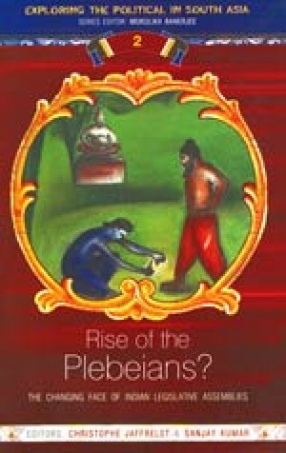
In view of the crucial role that caste plays in state politics in India, this book analyses how this case-based social diversity gets translated into politics by tracking the individual trajectory of 16 states through more than five decades. It examines one dominant parameter - the caste background of the elected representatives in state legislatures, namely, the Members of the Legislative Assembly (MLAs), even as it factors other indicators such as their ...
